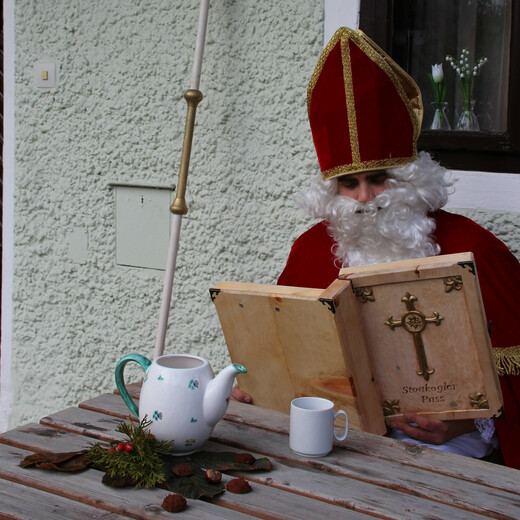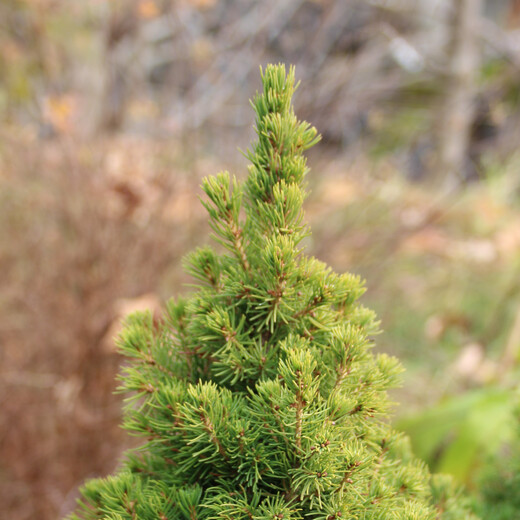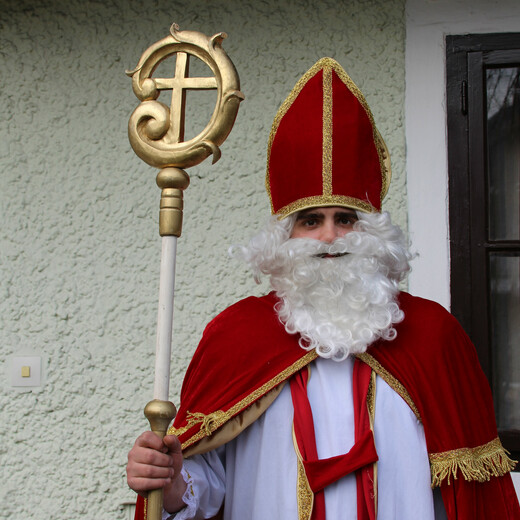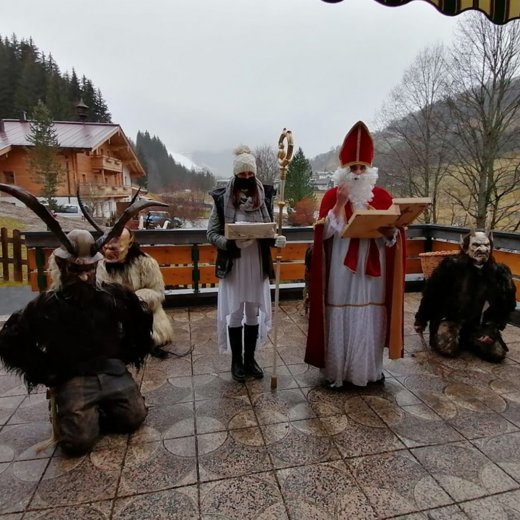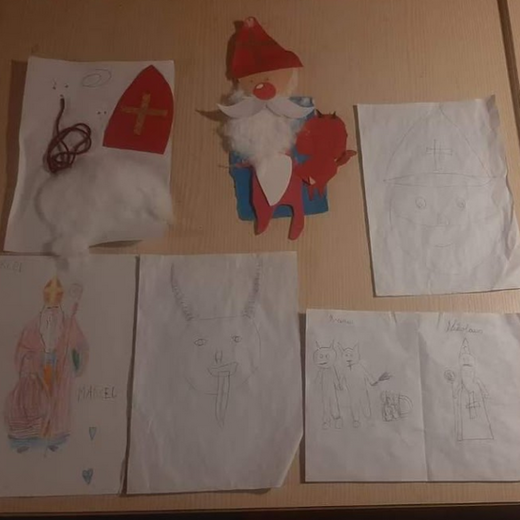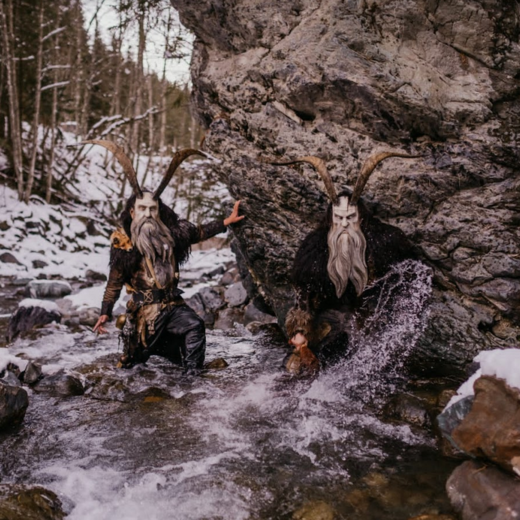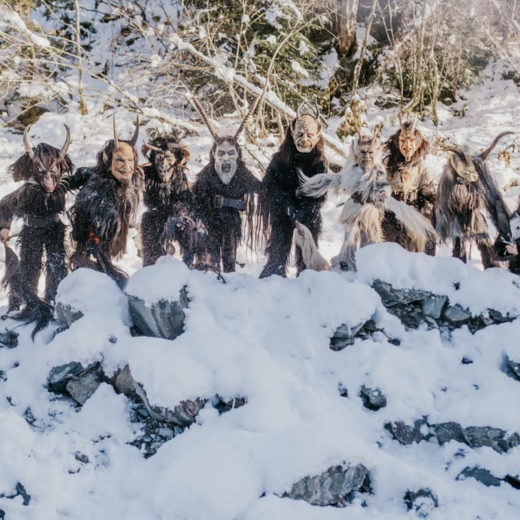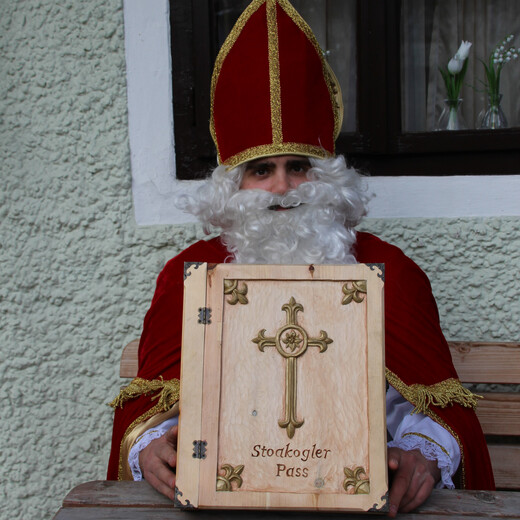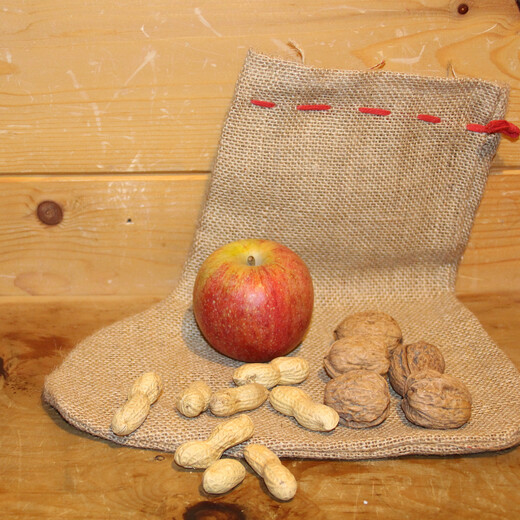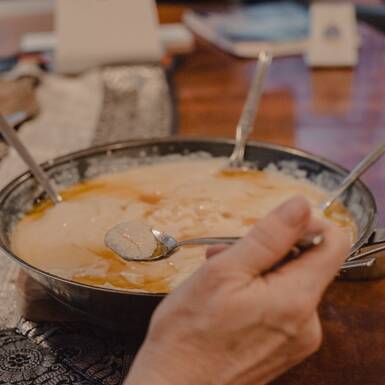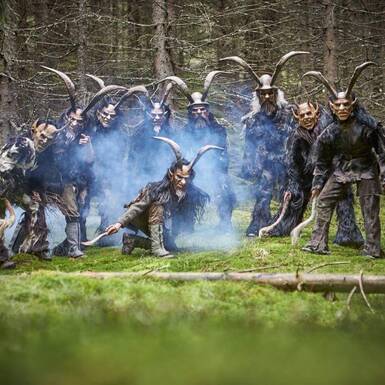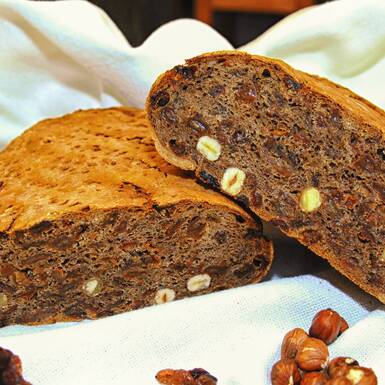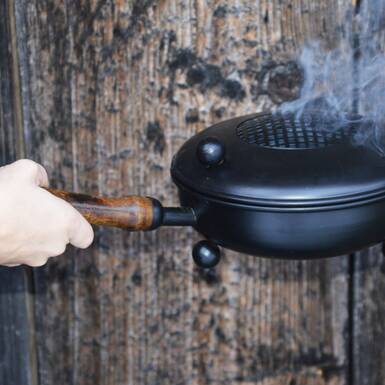- Traditions
A cup of tea with St. Nicholas
Christmas time is just around the corner and with it we encounter a wide variety of customs in the Glemmtal.
Most of these customs are based on a long tradition, about whose origins there are different theories. Others, like the Advent wreath, for example, have been with people in their present form for only a few centuries. Often, however, our "modern" customs have roots that go back a long way. The Christmas tree in its most original form - winter greenery - was already brought into the homes of the Celts during the dark season, the Advent wreath with its greenery symbolises life and with the candles the spirit as a connection to "above", and St. Nicholas reflects an archetype known in Europe, which also appears again and again in modern society.
The origin of today's St. Nicholas
In Catholic Church doctrine, the modern Father Christmas, like his predecessor St. Nicholas, can be traced back to Bishop Nicholas, who was born between 280 and 286 in Patara (in present-day Turkey). Today, the bishop is one of the most revered saints in Christendom. The day of his death was 6 December between 345 and 351 - today's St. Nicholas Day. Different legends and traditions probably shaped the image of St. Nicholas, which became more and more distant from the original form of the bishop. It is assumed that today's "St. Nicholas" is an amalgamation of two historical persons: the Bishop of Myra and the Abbot Nicholas of Sion.
The fact that St. Nicholas brings gifts could go back to the medieval bishop's play. In monastic schools, a pupil was designated as bishop or abbot on certain days - he dressed in fine robes and was allowed to reward his fellow pupils for good behaviour and punish them for bad behaviour.
Over the centuries, the custom has grown to include St. Nicholas going from house to house with his white ruffled beard, red coat and black boots. Good children are given small treats, naughty children are admonished. The grim companions of St. Nicholas - the Krampuses - underline the seriousness of the urgent words.
Different cultural anthropologists see in St. Nicholas an apparition of an archetype combining the sacred colours white, red and black. Animals that display these colours, such as the stork or the ladybird, were regarded by our ancestors as very special creatures and as mediators between the worlds. The gifts that St. Nicholas brings are reminiscent of the dead food that used to be laid out for the ancestors, especially during the dark season. Among them were nuts, milk and desserts. Current advertising also repeatedly draws on this archetype - popular lemonades and chocolates are served by St. Nicholas.
St. Nicholas knocks at the door
In the present day, it is the custom in the Alps for St. Nicholas to go through the streets with the Krampuses and visit the children of the village. His golden stick gives him wisdom and goodness, and in the golden book he reads about the children's behaviour in the past year. Good children receive a St. Nicholas sack with nuts, mandarins and chocolate, bad children are admonished to behave better in the future. If the children promise to do better, St. Nicholas usually finds a little bag for the child in his basket after all.
A cup of tea with St. Nicholas
In Saalbach, too, it has once again become a tradition for St. Nicholas and his grim companions to go from house to house and visit the children of the village. Among his most important utensils are the basket with the St. Nicholas sacks, the lovingly carved book and the golden staff. We met Andi - one of two St. Nicholas actors of the local "Stoakogler Pass" (pass = group) who are on the road for the good cause this year as well (within the limits of the applicable regulations, of course).
Right at the beginning, the lovingly crafted book of Father Christmas catches our eye. This, as well as the golden stick, were made by wood artist Sebastian Eder from nearby St. Georgen. The book is filled with notes about the children who are visited. In the course of the evenings, it also fills up with drawings and poems by the little ones.
As a special welcome to the children, there is a poem specially written by St. Nicholas and his motivated companions. With the words: "Grias enk God, es liabn Leid!" (Hello, you lovely people!) the long-awaited visit is introduced in typical Pinzgau style. Afterwards, the children can recite poems and songs. Afterwards, the children are called up one by one, St. Nicholas reads from the golden book and hands out the little sacks.
5 Questions for St. Nicholas
What does St. Nicholas put in the little sacks that are handed out to the children?
We put nuts, mandarins, chocolate and popular sweets in the red sacks. Many helping hands are needed to pack the sacks - on 4, 5 and 6 December, an average of 80 children in almost 30 houses would like to receive presents.
How long do the preparations for the St. Nicholas visits take?
With the association in general, we are busy all year round. We organise joint festivities in the summer, fine-tune our equipment and cultivate camaraderie. The preparations for the home visits themselves take about three to four weeks. We fill the bags, collect information about the children, take care of organisational matters.
Which companions accompany St. Nicholas on the home visits?
Due to the great demand, we have divided into two groups. One St. Nicholas goes around with two to three Krampuses and one angel. The Krampuses of the "Stoakogler Pass" underline the admonishing words and fascinate even the youngest children. The pass is now in its 12th year and is happy to welcome new members.
What excites you most about your work as St. Nicholas?
The beaming eyes of the children are especially beautiful. When they see us coming, on the one hand they are full of anticipation and excitement and on the other hand they have respect for the Krampuses. It is an occasion to reflect on one's own behaviour. Every child is happy to be praised by St. Nicholas. The kids then start the next year with the best intentions - last year St. Nicholas received a whole 15 dummies for safekeeping. ;) What's more, the proceeds go to a good cause. That's what drives it.
What does St. Nicholas do when he has finished work?
After the last home visit, they drink to the work they have done together. But after the mission is before the mission at the "Stoakogler-Pass". In January they go around as Percht and drive out the winter. Without a rod and with beautifully carved masks, they visit the hotels in the valley and delight the guests.
And now St. Nicholas has to move on again - because he can't pack his own sacks, write his own gift lists or polish his own shiny Santa boots.

